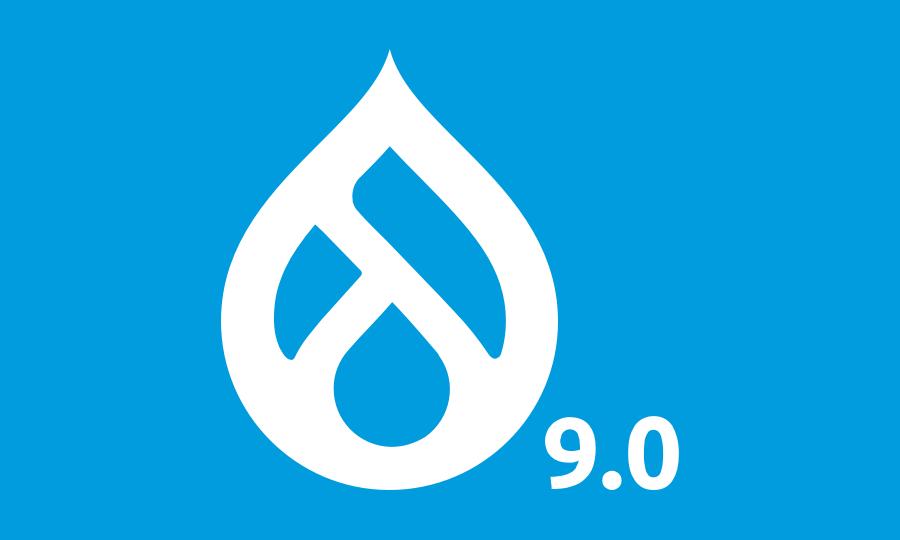
After more than a decade after its first release, Drupal 7 will reach its official end-of-life on November 1, 2023. What does this mean for your site? The Drupal association will no longer provide security patches and support for websites running on Drupal 7.
If you are currently on Drupal 8, the upgrade path is easier since most modules that are supported by Drupal 8, also work on Drupal 9, with minor updates.
Drupal 9 was released in June of 2020 and introduced new features including Claro, a new administrative theme backward compatibility, faster and better performance, deprecated code has been removed, less third-party dependencies, API-first approach, and composer managed updates.
Upgrade Path from Drupal 6/7 to Drupal 9
“Drupal 9 (or later) changed the way content and configuration is stored. Because of this, an update can’t simply be applied to an existing Drupal 6/7 site. Instead, the content and configuration data must be migrated to a new Drupal 9 site.” This can be done using the migrate modules.
Steps to Prepare for Upgrade
Before starting on your migration, it is important to map out a plan and outline any desired enhancements or updates to the style or theme. This is also a great time to review your current information architecture, and determine if it would be more logical to rebuild the site in Drupal 9 instead of migrating the content that is no longer relevant.
- Audit current contributed modules and for each answer:
a. Do I still need this module?
b. Has the module moved to Drupal core?
c. Has the module been ported to Drupal 9? If not, do I still need this module or is there another module that fills that need and is compatible with D8/D9. - Upgrade your Drupal 6/7 site to use the latest versions of core and contributed modules.
- Install the upgrade status module and drupal-check tool and fix any errors identified
- Use the migrate modules to migrate content and configuration to the Drupal 9 instance. To avoid data loss, do not manually create content or update configuration until all your content has been fully imported.
Considerations
If you are still on Drupal 7, it is recommended to update to Drupal 8 first, since Drupal 9 offers backwards compatibility with Drupal 8. With the drastic changes from Drupal 6 or 7 to Drupal 8, a migration is required.
Not all modules have automatic upgrade paths and may require a manual or custom migration.
Drupal 9 significantly changed how themes are structures, making it so these changes cannot be migrated. Instead the theme must be rebuilt to work in Drupal 9 or later.
Conclusion
The best approach will vary from site to site and it is important to outline your organization goals and needs before starting your migration. Once this upgrade is completed, all future Drupal updates will be streamlined and more seamless with the exciting new features now available.
